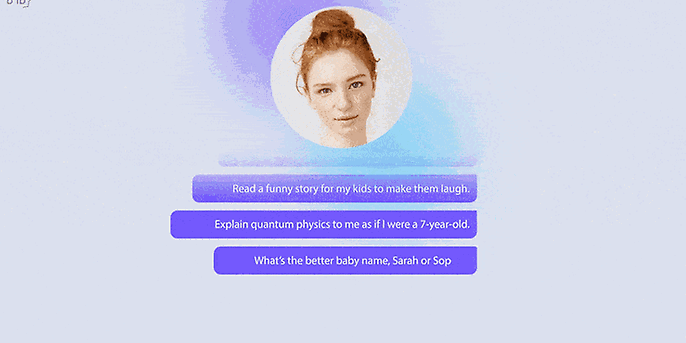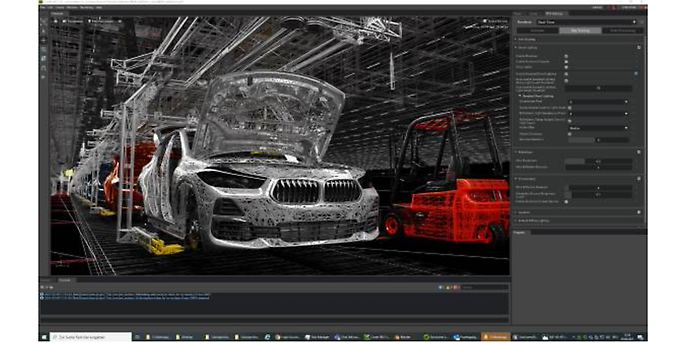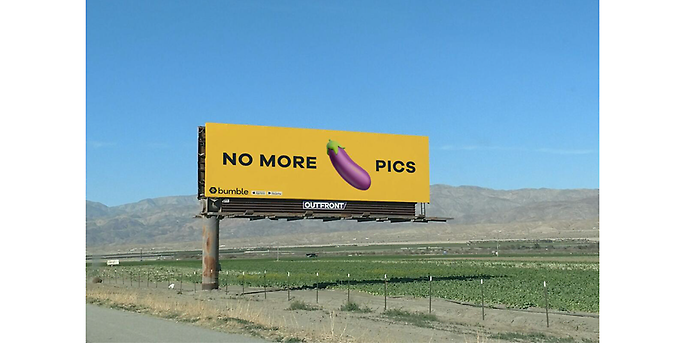28. July 2023 By David Mattin
At the heart of our experience as innovators — and as humans — is change
Guest post by David Mattin - Founder of the Newsletter New World Same Humans
And halfway through 2023, we face no shortage of reminders that we live in a fast-changing world.
I spend my days identifying trends: meaningful long-term directions of travel that help innovators and professionals make sense of the apparent chaos. And the secret to spotting these trends? It’s about seeing a changing world — often that means emerging technologies — through the lens of fundamental human needs.
Any meaningful trend is grounded in a basic human need; think value, convenience, security, status, and many others. When an emerging technology unlocks a new way to serve one of these needs, then lasting new trends in human behaviour and mindset emerge. We can use these trends as springboards for innovations — empowering us to build new products, services, and experiences that people really want.
At adesso’s Digital Day in June, I shared three trends with the assembled innovators. Each of these trends is an innovation opportunity that you can put to work.
The Genesis Moment
This year has seen a whole lot of hype around generative AI, including large language models such as GPT-4. But what does this emerging technology really mean for human lives? And what opportunities does it present?
One key dimension here? We’ll see consumers adopt their own AI-fuelled conversational agents. Millions of consumers will build a relationship with a virtual companion that knows its user better than anyone, is available 24/7, and is willing to talk endlessly about everything from booking a holiday to our deepest fears and dreams.
Sounds like sci-fi? It’s happening now. Check out Israeli startup D-ID’s AI-fuelled virtual human: https://www.d-id.com/chat/.

I believe virtual companions of this kind will be the next technology to change human daily life with the same power, and at the same scale, as the smartphone.
The key question for any brand? When billions of consumers have an AI companion in their pocket, how does this change their expectation when it comes to the interactions with you?
They’ll expect to be able to talk to an AI conversational version of your brand, too. That means an AI virtual human that has the tone of voice, personality, and values they expect from you. In this way, generative AI will become a crucial new platform for brand expression.
Simulated Everything
We’re at the beginning of a set of changes that will see the digital and physical worlds merge in powerful new ways.
We’re weaving information, or data, through everything: every object, vehicle, building, and person. We’re doing this by covering everything in sensors.
One consequence? All this data drawn from the physical environment will allow us to build sophisticated virtual models of the real world. In the coming years, we’ll increasingly turn to these simulations to give us actionable information and guidance, and to empower new forms of innovation.
One example? See BMW’s ongoing partnership with Nvidia and its Omniverse platform: https://blogs.nvidia.com/blog/2023/03/21/bmw-group-nvidia-omniverse/. Launched in 2022, Omniverse allows for the accurate simulation of complex physical objects and spaces; BMW is using it to simulate its vast car factories.

BMW’s factories have to be reconfigured constantly to accommodate new car models. Typically, this means closing the factory for days while the reconfiguration is implemented; that pause in production is extremely costly. Now, this the reconfiguration can happen in a simulation first — and only rolled out in the real factory once engineers are happy. BMW say this is transformative for their manufacturing processes. They’re building a new EUR 2 billion EV factory in Debrecen, Hungary, and are planning to simulate the entire plant in Omniverse.
Meanwhile, Amazon is using the same platform to simulate their fulfilment centres. And Tesla is using Unreal Engine 5 — the platform that fuels the massive online video game Fortnite — to build a simulated San Francisco, which it can use to test its self-driving software.
Many organisations must ask themselves: how could simulations supercharge our processes? Could we provide the technology and know-how that allows clients or customers to build useful simulations of their own?
Public Goods
The search for more enlightened and sustainable forms of consumption is a longrun, decade-on-decade megatrend.Consumers and clients have grown accustomed to corporate-speak on sustainability goals.
Now, we’re seeing rising calls for systemic organizational transformation. Away from models of business that are closed, opaque, and extractive, and towards models that are open, transparent, and regenerative.
One way to make this a reality in 2024?
Issue public goods. That means taking a valuable innovation or piece of IP — one that targets a big, shared challenge — and giving it away to the world. Even to your competitors!
Yes, giving IP away is counter-intuitive. But it’s the most powerful way to prove to consumers and clients that you are prepared to do more than only talk about sustainability, ethics, and making the world a better place. In the coming years, millions will look to organisations to act on these issues.
Take inspiration from dating app Bumble. They developed an AI feature that identifies and erases a common problem on dating apps — unwanted nude pictures [https://bumble.com/en/the-buzz/privatedetector]. They could have kept this feature to themselves, and marketed it to users as a USP. Instead, they shared it with the entire dating app industry, and encouraged their competitors to use it.

A bold move, and one that proves they live by their values.
Public Goods doesn’t have to be about sharing an innovation, though. You can share knowledge. Work messaging tool Slack developed processes around hiring formerly imprisoned people, to give them a second chance at life. They partnered with the Aspen Institute to turn this organizational knowledge into a manifesto, which they shared with the world.
Ask yourself: what innovation, feature, or piece of knowledge could we share with the world to address a big shared challenge?
Over to You
Trends are innovation springboards. Take these three trends, and put them to work to create powerful new products, services, and experiences in 2024 and beyond.
And remember, to start spotting trends yourself, see a changing world through the lens of fundamental human needs such as value, convenience, status, and more.
Look for emerging technologies that are unlocking new ways to serve core human needs. And ask: when consumers or clients see this, what will they start to expect from my organisation?
You will find more exciting topics from the adesso world in our latest blog posts.ou will find more exciting topics from the adesso world in our latest blog posts.

